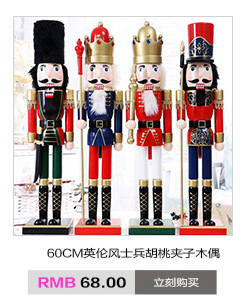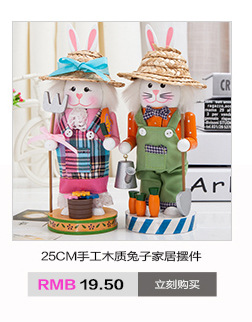https://cbu01.alicdn.com/img/ibank/2016/974/256/2931652479_1202530223.jpg?__r__=1460450289462










Business cards originated from social interactions and are a part of civilized times, as business cards cannot exist without written words. In the primitive society, there were no business cards, as there were few people and the environment was dangerous, making survival difficult and interactions rare. There were no formal written words, and early methods of record-keeping, such as knotting, were limited to the same tribe and there was no interaction between tribes.
In the slave society, although there were simple written words, there were no business cards. The economy of the slave society was not developed, and the majority of people were tied to the land. Slaves had no right to education; only a small number of hereditary slave owners formed a small ruling group. Due to the small circle of rule not changing much over a long period, coupled with the fact that literacy was not common, there were no conditions for the formation of business cards.
The earliest business cards emerged during the feudal society. In the Warring States period, China began to form a centralized authoritarian state. With the use of advanced production tools such as iron tools, the economy also developed, thereby driving cultural development. Confucianism represented by Confucius and other schools formed a scene of a hundred schools of thought competing with each other. All countries were committed to expanding their territories and supporting and spreading their cultures. During wars, a large number of new aristocrats emerged. Especially after the unification of China by Qin Shi Huang, a great reform began: the unification of the national language and the enfeoffment of the vassal kings. Xianyang became the center of the country, and the vassal kings had to report to the capital for their duties at regular intervals. To establish closer relationships with the court's ruling power, the vassal kings often had to maintain contact, and it was inevitable. Therefore, the early name of business cards, "Yie", began to appear. The so-called "Yie" is the visitor's name and other introduction texts written on bamboo or wood strips (at that time, paper had not yet been invented) as a meeting introduction document for the visitor, which is now known as a business card.













































